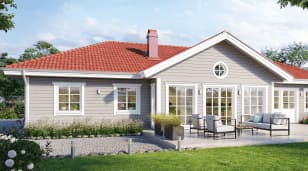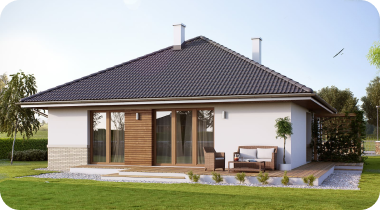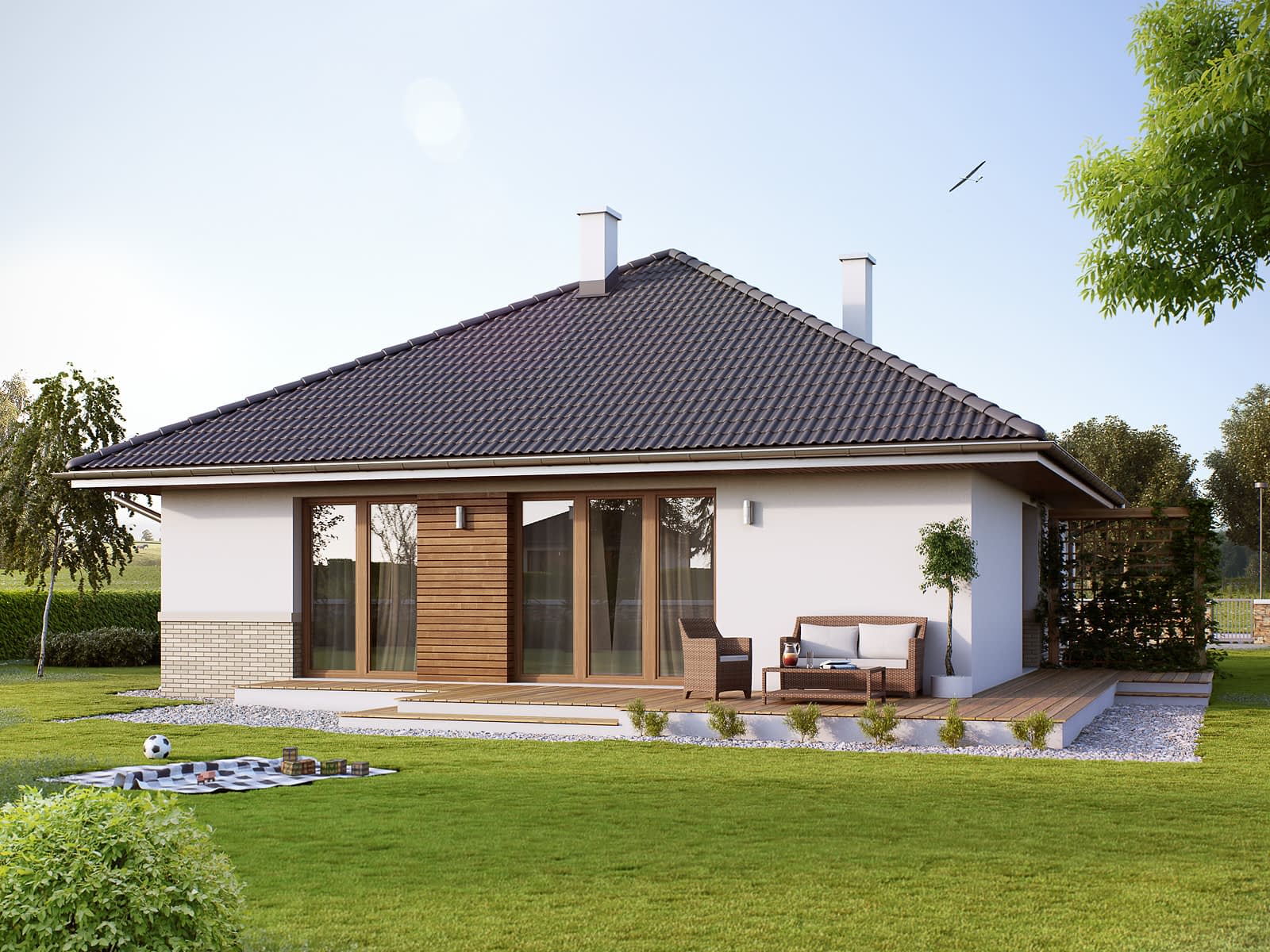





A link to download your FREE brochure will be in your inbox in 3 minutes



















The final price may vary based on project specifics.
To get a free accurate quote tailored to your needs, book a consultation with us today!

The price per square foot provided is an average and may vary depending on project-specific details such as materials, location, complexity, and other factors. Actual costs may differ from the average provided.
It is recommended to obtain a detailed quote based on the specific requirements of your project.

Please note that the monthly payment displayed on this page is an estimate and is subject to variation based on the selected loan product, applicants credit score, loan amount, and other financial details. Actual monthly payment may differ from the estimate provided.
It is recommended to seek advice from a financial advisor or loan officer to obtain precise payment information tailored to individual circumstances.
 Your Trusted
Local Contractor
Your Trusted
Local Contractor
When planning an ADU project (accessory dwelling unit), one of the foremost dilemmas that an owner faces is deciding the best way to split the utility bills. One should not forget that building an ADU is a great investment, not only because it boosts your property’s value by 25-34% but also because it serves as an additional rental area.
Hence, it’s hard to underestimate the importance of thinking through ways to split utilities with the existing structure to ensure the tenants don’t abuse your utilities. Rebuilding sewer underground conduits or power lines will cost you a pretty penny, so here are some tips to help you resolve this matter before starting construction.
There are three main ways to separate the utilities of accessory dwelling units and primary residences. Read on to determine which suits your case best:
Building an ADU is a costly affair, as the property owner or the developer has to buy materials, pay for utility services, and hire construction workers. Impact fees and getting a building permit are also substantial expenditures, so we recommend you go for a sub-meter as it costs less than a separate meter and protects you from arguments with your tenants.
That being said, the distribution of your project’s budget depends on what you determine as its main goal. We recommend that you consult with your property’s general contractor to figure out the most profitable option for your case.

First, you can reduce the number of services your ADU needs. For example, you can dispense with natural gas utilities if you will not use this energy source for heating and running appliances. Nowadays, it’s a common practice to convert an accessory dwelling unit into an all-electric system by finding electrical alternatives to appliances running on natural gas. Such devices as kitchen range, water heater, clothes dryer, and heating unit are all available in electric versions. However, the electrical power service for heat and appliances may increase significantly, and the main electrical service fee for the primary dwelling might increase to meet your new ADU’s additional demand.
The good news is that of all utilities, electricity is generally the simplest one to connect to your primary residence, regardless if it’s a former garage or a brand-new building.
However, it is essential to mention that California Law states that a new ADU project is not required to have solar panels installed unless it is less than 620 square feet or has too much shade for solar panels to be effective. However, once your ADU exceeds 1,125 square feet, regardless of what climate zone you live in, your project will have to have solar panels. That’s unless it’s a garage conversion or an addition because those are exempt from the requirement in our city.
Despite this, installation of solar panels has multiple advantages, including expelling additional meters for electrical service. As long as your solar supplies enough energy to run your ADU, you will have to deal with only water and gas meters or just water meters if you decide to make your property all-electrical. As a bonus, by living off clean energy, you will also economize by not building additional electrical power lines for your ADU.
Common utility bill both for your single family residence and ADU typically means you can suffer from tenants who run up immense water bills or disregard massive leaks. If you decide to install water submeters, you would check the difference in the costs in ADU and your primary residence, determine and charge the unit that used all that water, if you have more than one tenant.
Typically, when it comes to connecting an ADU to the sewer service, the sewer line that services the ADU will always be connected to the private sewer service line within the same property before its connection to the city’s sewer lateral. A cleanout will be installed at the connection point of the private sewer service line to allow for easy access in the event of any blockages or maintenance needs.
Yes, but you have to make sure it is a legal structure. That means it must meet current building and fire codes. To be considered an ADU, the building must provide utilities for its tenants, such as water, sewage, power, and gas.
Is solar energy required for ADUs?
To encourage the development of clean energy in the city, an ADU power system is required to connect to and get energy from the solar modules. The photovoltaic system (PV system) can be erected on the ADU or in the primary residence. The costs of setting up this system can be covered by the profit you get from not paying for electric power bills and getting a tax credit. Costs connected with system setting and maintenance, such as roof repair, storage batteries, and electrical panel upgrades, can get a rebate as well.
How much should my tenant pay for service?
You can determine the fee yourself and include it in the ADU rental. You can proportionate the utility bill by dividing the number of tenants by all the people living on your property (including the main house). Another way is to compare the square footage of the ADU and the primary home. Finally, you can estimate the average fee for the utilities in a similar ADU and go with that.
Get a First Look at Real ADU Projects